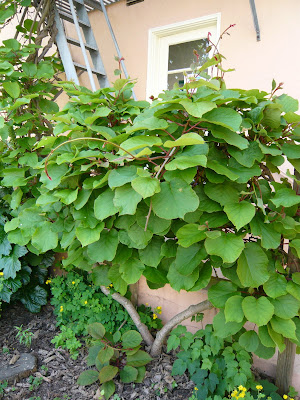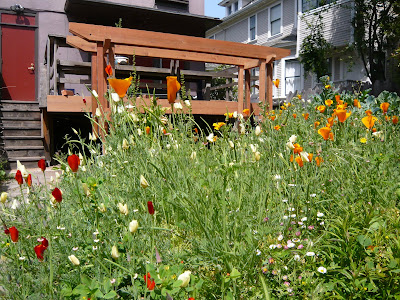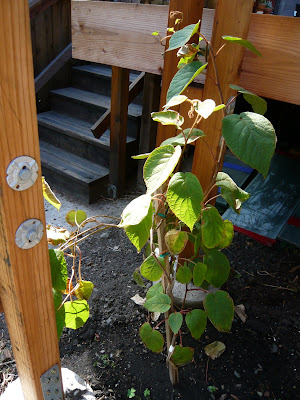
Perfect Hummer Food Recipe
Hummer Food Recipe:
-
One part sugar to four parts water - stir until sugar is dissolved.
-
Measure examples:
-
One cup of sugar to four cups of water
-
3/4 cup sugar to 3 cups water
-
1/2 cup sugar to 2 cups of water.
-
-
Bring solution to a boil to kill bacteria and slow spoilage - allow to cool.
-
Fill feeders just enough for a day or two of use. Extra solution may be refrigerated if used within one week.
If feeders are cleaned and filled with freshly-made, hot water, sugar solution every day, then it may not be necessary to bring the solution to a boil. If you plan to store solution for two or more days, boiling is a must. Adding red food-dye coloring is unnecessary. The red on a feeder is enough to attract hummers. DO NOT USE HONEY as this can kill hummingbirds.
information taken from:
http://www.audubon.org/local/sanctuary/kernriver/hummer_feeding.htm


















